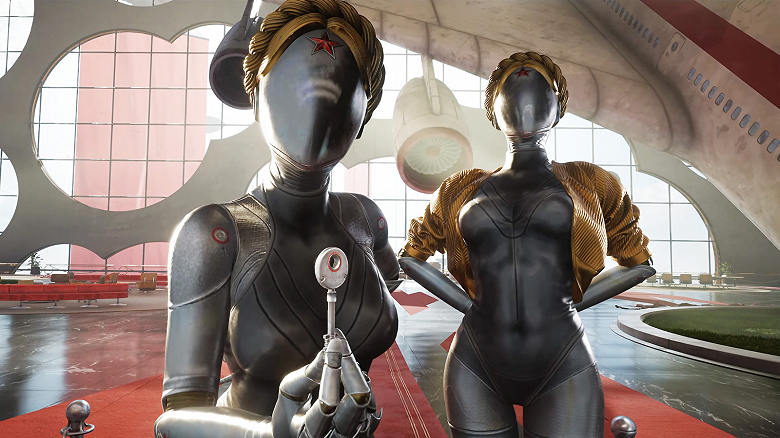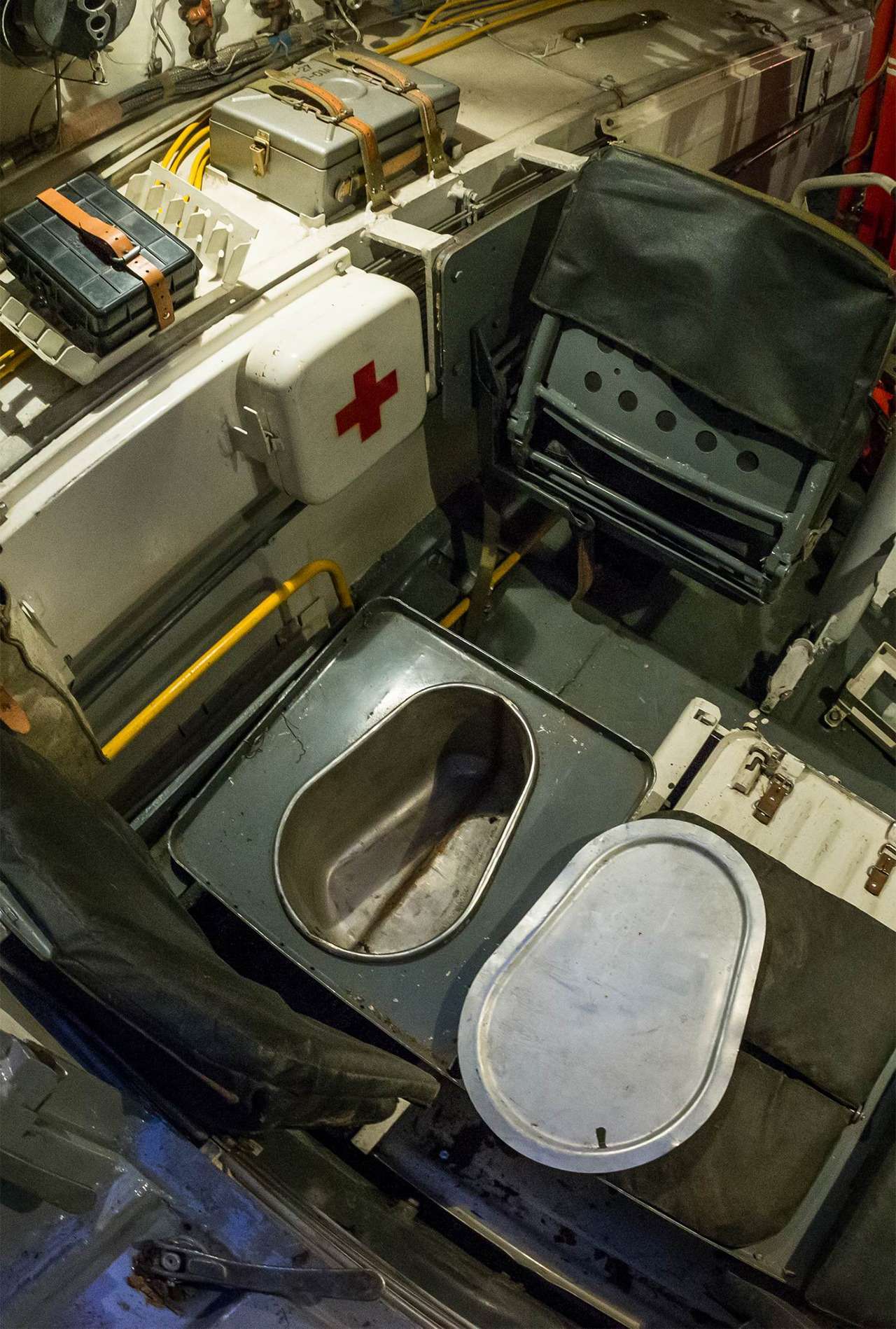-
Posts
5,763 -
Joined
-
Last visited
Content Type
Profiles
Forums
Developer Articles
KSP2 Release Notes
Posts posted by DDE
-
-
-
Realized I wanted some "shooting" done, got back to Cyberpunk. It still feels like a very acquired taste. Rimworld's on the backburner.
-
Can you really pour liquid from a very tall vessel into a smaller one? Wouldn't the velocity make it nearly impossible to measure offthe smaller portions?
Inspired by this 1901 for a... walking stick. With an integrated shot glass

The ad doesn't mention tap water as an option for contents...
-
The more publications like this appear, the more they feel like red herrings for... other current events.
-
On 3/12/2023 at 12:53 AM, magnemoe said:
An M2 heavy machine gun round is many times more powerful.
...and people are already dipping their toes into biood-mounted .50 cals. The record for a portable infantry support weapon as of this year is a 23x152 mm belt-fed autocannon.
-
Look at me
I'm the aircraft carrier now.
-
"Encyclongs" is the modern name given to seafaring people originally from Scandinavia (present-day Denmark, Norway and Sweden), who from the late 8th to the late 11th centuries raided, pirated, traded and settled throughout parts of Europe.
This is, sort of, what articles looked like on enci.ru / Большая Советская Энци.ру (the Cyrillic domain suggested it was an online Greater Soviet Encyclopedia). It was a copied-over Russian Wikipedia with ads.
However, to conceal its origins, the site owners ran a simple regex script for "вики" (wiki/viki), which ended up affecting not only the Vikings, as seen above, but also the plural form of the nouns (-viki) with the extremely common Russian suffix combos "ovik/evik" (to use an example of a word loaned into English, 'BolsheEncyclo').
There had been an English-language counterpart a few years prior. Barnes & Noble were promoting their e-reader Nook, and so they were selling a War and Peace e-book that appears to have beeun run through a regex that replaced 'kindle'
 with 'nook'.
with 'nook'.
https://villagecraftsmen.blogspot.com/2012/05/nookd.html?m=1
-
6 hours ago, LHACK4142 said:
"sO eVeRy DaY iS sUmMeR bReAk??"
Tell you what, this means to these people the main content of school is physically going to one, not actual studies.
-
Yandex describes yesterday's "slight-plus-then-minus" as 'sleet'.

-
Proton-M/Olymp-K, launch nominal, snooper on its way to GSO.
https://t.me/roscosmos_gk/8748
They're using a slightly newer "Luch-5X" cover designation.
-
1936 Soviets had a little bit of trouble with physics and thought that the ideal way to land the nascent VDV's armored support was by using water as a cushion.
The little T-37 was not particularly amphibious afterwards:
-
Cyberpunk 2077. What kind of a glitch is this? Most visible on the guy's shoulder, but also his sleeves.

-
10 hours ago, sevenperforce said:
They launched their water rocket out of their ice water tower.
It went almost as high (for its length) as my kids' pump-up water rocket.
#SpaceWealth tho
-
(February 5)
-
Leningrad zoo carried out an "escaped tiger" drill with a pretend tiger and a pretend tranq dart.
Pretend tiger:

-
Roscosmos posts a new trailer for Challenge, thinking no-one will notice the release has slid back from April 12 to April 20.
-
The surplus arms market is getting out of hand.

-
N° 7–2023: Loss of flight VV22: Independent Enquiry Commission announces conclusions
QuoteInitial investigations, conducted right after the launch with the available flight data, confirmed that the launcher’s sub-systems reacted to the events as designed, and that the cause of the failure was a gradual deterioration of the Zefiro 40’s nozzle. More precisely, the Commission confirmed that the cause was an unexpected thermo-mechanical over-erosion of the carbon-carbon (C-C) throat insert of the nozzle, procured by Avio in Ukraine. Additional investigations led to the conclusion that this was likely due to a flaw in the homogeneity of the material.
The anomaly also revealed that the criteria used to accept the C-C throat insert were not sufficient to demonstrate its flightworthiness. The Commission has therefore concluded that this specific C-C material can no longer be used for flight. No weakness in the design of Zefiro 40 has been revealed. Avio is implementing an immediate alternative solution for the Zefiro 40’s nozzle with another C-C material, manufactured by ArianeGroup, already in use for Vega’s Zefiro 23 and Zefiro 9 nozzles.
-
On 3/3/2023 at 9:16 PM, kerbiloid said:
and a toilet
BMP-3 wants a word
Spoiler -
Spent about three hours persuing Moscow's new subway ring. Including a slight trip to and fro along the radial, I must've clocked in about 80 km.
Looks like I'm really missing long train rides in my life.
P.S. Saw at least a dozen people were doing the same thing I was, plus at least one guy vlogging in English
-
Soviet/Russian tanks are the only ones to (still) have the gunner to the left of the gun, and the commander to the right.
Originally, this was the normal arrangement, because the small guns of early tanks would be elevated and traversed by the gunner's muscle power alone, and would have a shoulder stock and a pistol grip, so naturally the gunner would be on the left.
Problems began when turrets got big enough to require mechanised, hand-cranked traverse, which would naturally end up near the left hand... and a full rotation would involve 40-80 turns of the crank, which quickly became a problem for the non-dominant hand.
Britain's Vickers just moved the cranks, but the Italians tried to fix this by moving the gunner to the right. The US then got in on the game with the T6 medium tank, the proto-Sherman with a cast hull; US WWII heavy and medium tanks all shared this improved layout, and the benefit made itself really felt as the loader found it a lot easier to handle the increasingly heavy shells. Light tanks were a bit of a mess - in the Stuart, the horizontal traverse would be on the right and operated by the commander, and the new seating arrangement wouldn't be "canonized" until the early 1950s. The Germans and the British would follow soon afterwards.
The Soviets, meanwhile, were ahead in adopting electric-powered traverse - others would adopt hydraulic traverse, and with a significant delay; this greatly negated the issue with hand fatigue. The newer seating arrangement was duly noted - what's with thousands of lend-lease Shermans - and loader convenience mattered as the Soviets were already ramping up to 100 mm and 122 mm guns, but attempts to copy it were mainly bundled into Grabin's tank gun projects and would not luck out. The issue would last unaddressed long enough for autoloaders to make it go away, and so T-64/72/80/90 retain a de facto archaic seating arrangement.
-
1 hour ago, mikegarrison said:
Those are all solid-fuel rockets, right?
No. With the exception of Typhoons and Boreis, the Soviet-Russian lineage of SLBMs is UDMH-NTO with some past research into Alumizine and ClF5. And judging by some relatively recent noises, Makeyev have been making a push for any Borei successor to be liquid-fuelled.
-
5 hours ago, sevenperforce said:
Apparently they have dusted off their inanity and are now trying to launch a rocket out of a water tower?
Well, without a substitute to the rather risky environment of the Black Sea, their project is dead in the water.
-
Powerpoint, 2016

Autodesk, 2021

And that's a positive outcome by the standards of this thread

.jpg.e5a871958556319f53f1cce096aec0ef.jpg)


Spacesuits
in Science & Spaceflight
Posted
Michail Kotov over here is convinced that this is just a very expensive repaint of the NASA xEMU with none of the potential issues rectified.
https://t.me/space78125/1623